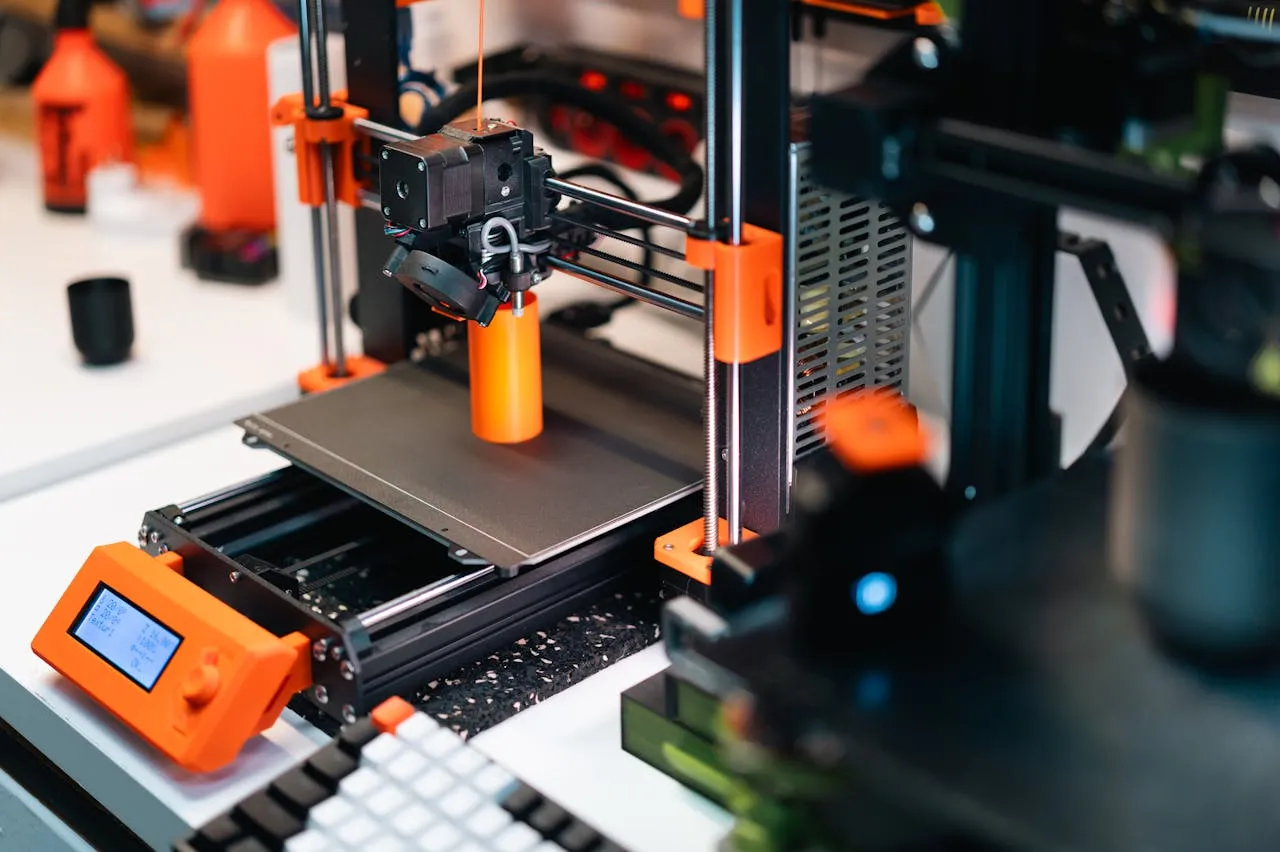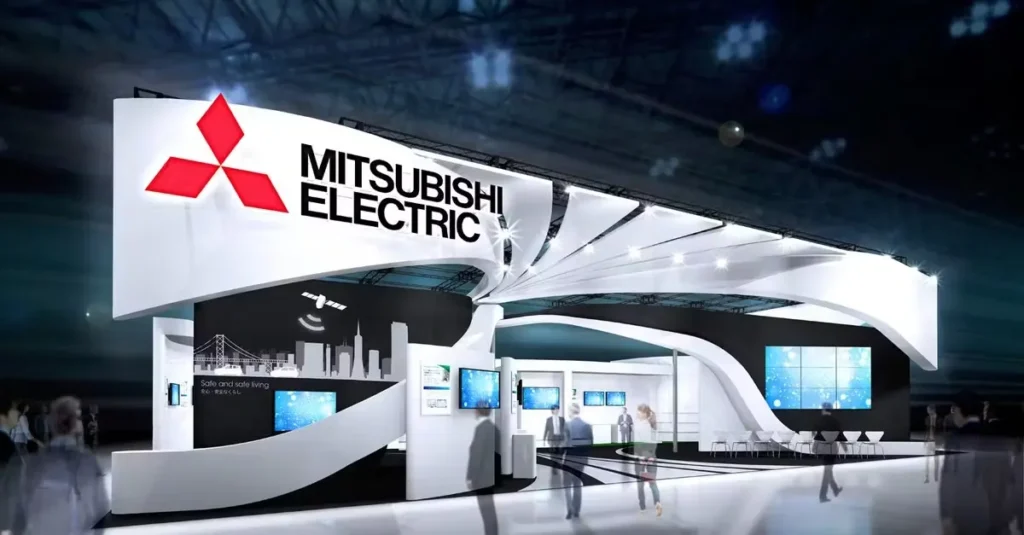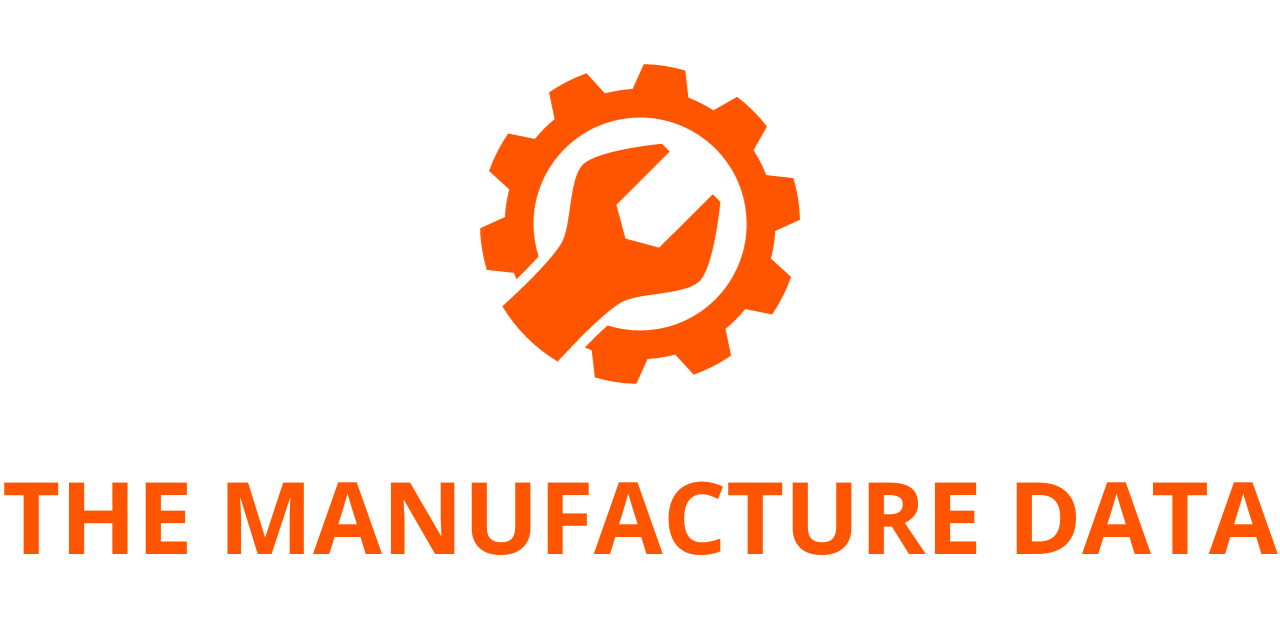
Mitsubishi Electric Develops Compact Edge-based Language Model for Smart Manufacturing
Mitsubishi Electric Corporation (TOKYO: 6503) has announced a significant development in artificial intelligence for industrial applications: a proprietary language model designed specifically for use in manufacturing environments and capable of running efficiently on edge devices. This innovation, part of the company’s Maisart® (Mitsubishi Electric’s AI creates the State-of-the-ART in technology) suite of AI technologies, leverages data from the company’s own manufacturing operations to create a domain-specific language model optimized for on-site applications.
Addressing AI Deployment Challenges in Industry
As generative AI continues to reshape industries through the use of large language models (LLMs), one persistent challenge remains—how to deploy these resource-intensive systems in real-world industrial settings. LLMs typically require vast computational resources and consume considerable energy, which limits their use in environments such as production floors, where infrastructure for massive cloud-based computing is not always available or practical. Moreover, the growing importance of data security and privacy has led many organizations to avoid cloud-based AI platforms, preferring instead solutions that can run locally, or “on-premises.”
Mitsubishi Electric’s new model addresses these concerns head-on. The company has engineered a compact, domain-optimized language model that can be deployed on edge devices—smaller hardware systems typically located on or near the manufacturing line. These devices can process data locally, minimizing latency and enhancing real-time responsiveness, all while maintaining high standards of data confidentiality and operational efficiency.
Domain-Specific Model for Real-World Applications
Unlike general-purpose LLMs trained on broad internet datasets, Mitsubishi Electric’s model is fine-tuned with proprietary data gathered from its own business operations. The internal data includes content from manufacturing processes and factory automation (FA) systems, allowing the AI to perform specialized tasks more effectively than generic models. This domain-specific fine-tuning ensures the model is equipped with highly relevant contextual knowledge, making it more accurate and valuable in solving specific operational challenges within industrial settings.
To further refine the model’s capabilities, Mitsubishi Electric employed a custom-built data augmentation technique. This innovation involves generating synthetic yet realistic training data that mimic actual operational scenarios. These augmented datasets help the language model develop robust understanding and response capabilities tailored to real-world industrial tasks, such as predictive maintenance dialogues, machine troubleshooting, component recognition, and production line optimization support.
Compact Design for Edge and On-Premises Use

A standout feature of Mitsubishi Electric’s new language model is its compact size. Designed to function with limited computational resources, the model can run efficiently on edge devices, which typically have constrained CPU and memory capabilities compared to cloud servers or data centers. This characteristic opens the door for widespread deployment in a variety of industrial scenarios where low latency, security, and local decision-making are crucial.
The model’s lightweight architecture also makes it ideal for on-premises installations in environments where data security and operational integrity are paramount—such as customer service centers, smart factories, and mission-critical infrastructure. By eliminating the need for continuous cloud connectivity, organizations can protect sensitive information, comply with data protection regulations, and reduce operational dependencies on external systems.
Enabling Smart Factories and Human-Machine Collaboration
This AI development aligns with Mitsubishi Electric’s long-term vision of enabling smarter, more adaptive manufacturing ecosystems. By embedding advanced language models within edge devices, manufacturers can elevate human-machine interaction on the production floor. For instance, operators can use natural language to query the system about machine status, receive troubleshooting advice, or request production metrics, all without requiring deep technical knowledge of control systems or code-based interfaces.
Moreover, the system’s ability to understand domain-specific jargon and respond contextually makes it an effective tool for frontline workers and engineers alike. This can reduce training requirements, boost productivity, and streamline complex workflows by making expert knowledge more accessible through AI-driven assistance.
Energy Efficiency and Sustainability
Beyond performance, the model’s ability to operate efficiently on low-power devices contributes to broader corporate sustainability goals. Reducing energy consumption is critical in large-scale industrial deployments, and the use of compact AI models can significantly cut both operational costs and environmental impact.
By avoiding the energy-intensive data transfer and processing demands of cloud-based models, Mitsubishi Electric’s approach represents a more sustainable alternative. It also supports efforts to decentralize intelligent computing in manufacturing, placing greater autonomy and intelligence at the edge, where decisions need to be made quickly and securely.
Advancing AI Leadership in Industrial Technology
The development of this edge-compatible language model is part of Mitsubishi Electric’s broader strategy to lead in the AI-driven transformation of manufacturing. The company’s Maisart® AI brand represents a suite of technologies that integrate machine learning, deep learning, and natural language processing into real-world applications across its industrial and consumer product lines.
This new model strengthens the Maisart® portfolio and enhances Mitsubishi Electric’s value proposition in factory automation, where AI-driven decision-making, adaptive control, and intuitive human interfaces are rapidly becoming key differentiators.
By combining advanced AI research with deep industrial expertise, Mitsubishi Electric is uniquely positioned to drive innovation at the intersection of digital intelligence and manufacturing excellence.




